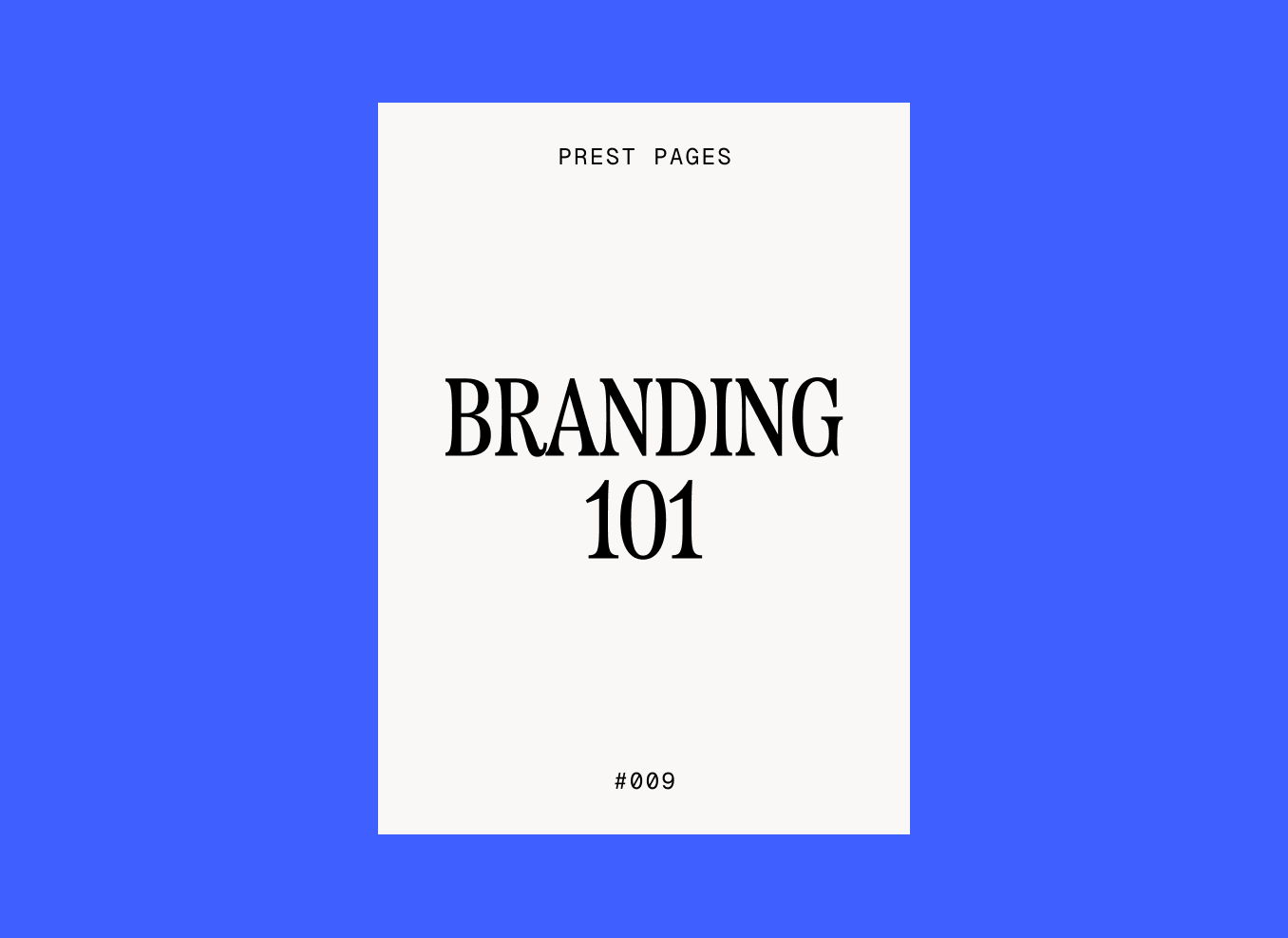Branding 101
Page 9: A guide to building a brand for yourself or your business
I’ve been working on PREST for about six months now, spending evenings and weekends focused on product development. That means I haven’t really had time to develop the brand yet. But I’m a designer, so I’ve worked on countless branding projects and understand the value of a good brand. Whether you’re launching a new business or developing an existing one, your brand matters.
So, welcome to the first step in building a brand. Over the next few weeks, I’ll be working on PREST’s brand and writing about the process here, from defining your mission to creating a style guide. Today will act as an introduction, covering what branding is and why it matters.
A quick look back
Branding has roots that go back thousands of years. Ancient Egyptians marked (or branded) their cattle to distinguish their livestock from others'. In medieval Europe, artisans placed their maker’s marks on goods like pottery and weapons, signalling quality craftsmanship. These marks built trust. They ensured that buyers knew exactly who made the product. We still use logos like this today, but branding has evolved to be so much more than a logo.
71% of consumers say brand trust is more important to them now than in previous years.
Source: Edelman Trust Institute, 2023 Trust Barometer, June 2023
Branding today
Fast forward to now, and we’re bombarded by brands from every direction: ads on social media, logos on every product, signage as far as the eye can see. Each one hoping to grab your attention. In today’s crowded marketplace, your brand matters now more than ever. In a world filled with options, a strong brand is what builds trust and loyalty. It sets you apart from the competition and resonates emotionally with consumers. So, you can choose to let your customers define your brand, or you can define it for them.
Elements of a strong brand
Your purpose: Why does your business exist? What drives you? What problem are you solving? Your overall purpose can, and should, include a much wider pool of information from your mission and values to your audience and positioning.
Your story: Your narrative is a powerful tool. A compelling story makes your brand relatable and memorable, and sharing your journey will engage your audience on a more personal level.
Your voice: This is how you communicate with your audience, whether through social media posts, emails, or your website. Establishing a consistent voice and tone is important for expressing your personality.
Your identity: Beyond your logo, your visual identity includes colour palettes, typography, and imagery. These elements should work together to create a look that reflects your brand's personality.
Coming up
Over the coming weeks, I’ll be working my way through the different parts of brand building, and documenting the process to help you shape and refine your own.
Until next time,
Callum




